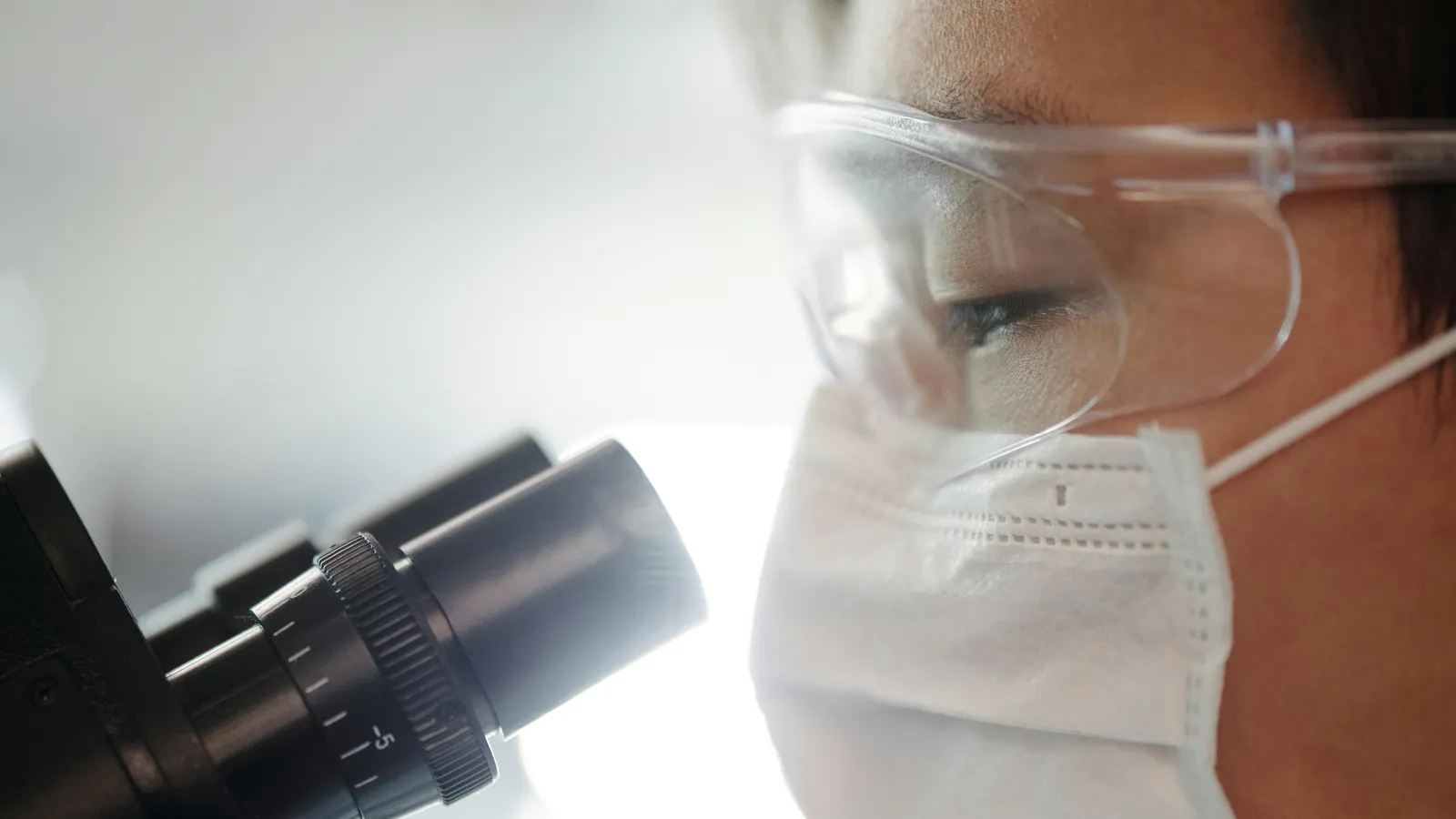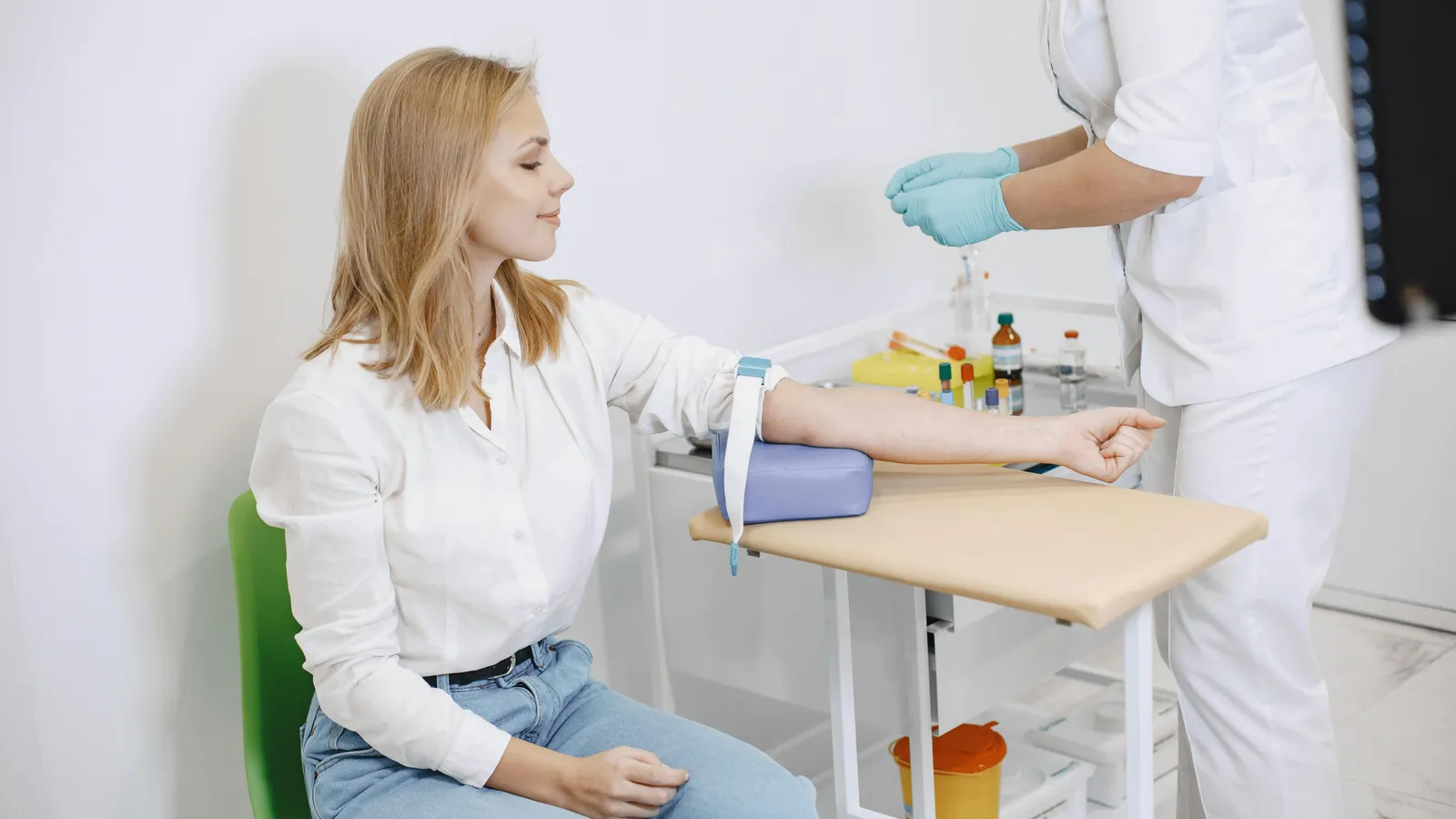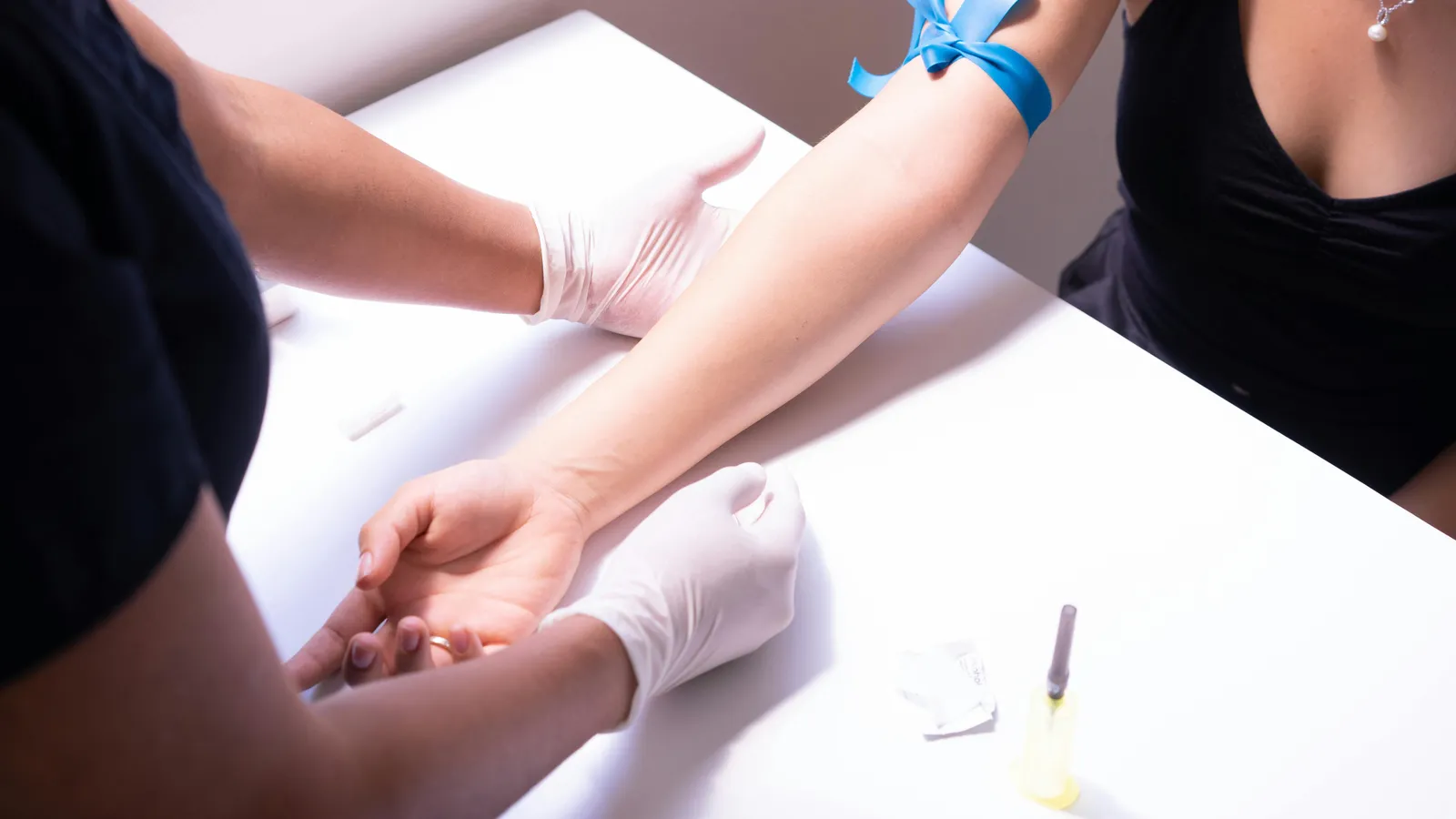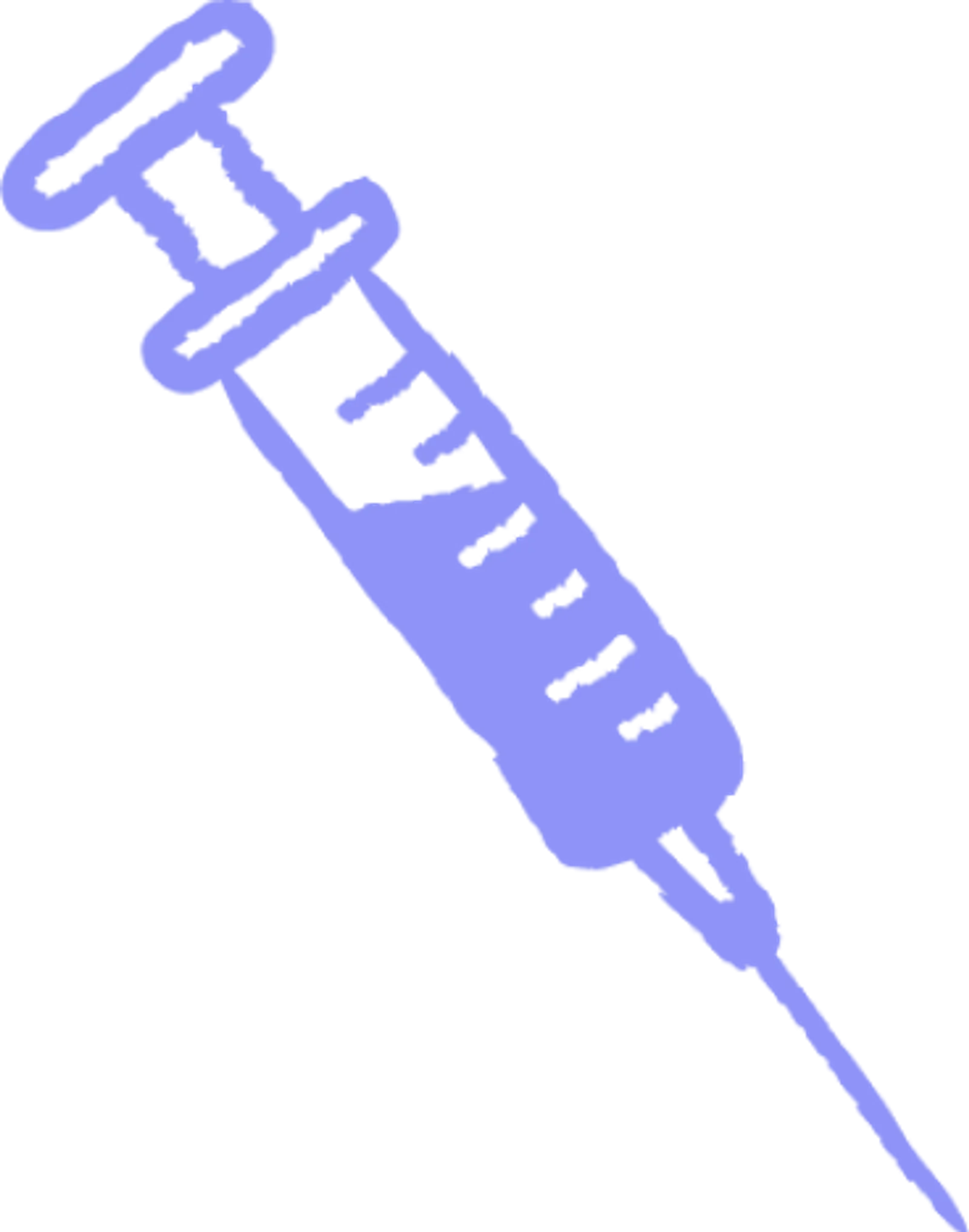Plasma 101
Who: Eligible donors between 18 and 63 can earn up to $560 a month in NY and up to $770 a month in FL.
What: Plasma is the yellow part of your blood that replenishes naturally.
Where: Queens, Brooklyn, The Bronx (NY), and Ft. Pierce (FL).
Why: Get paid to donate and help treat bleeding disorders, immune deficiencies, and more.
When: No appointment needed—walk in anytime before closing.
Journey of Plasma: From Donor to Recipient

Donating plasma helps save countless lives every year. In this article, we’ll take a look at the amazing journey of plasma, from the generous donors to the life-saving power of treatments for those in need. Plasma, the liquid part of our blood, is packed with proteins and antibodies that treat a range of medical conditions. It’s essential for helping people with immune disorders, trauma, and more. By learning about this journey, we can see just how important plasma donations are and hopefully inspire more people to donate.
The Process of Plasma Extraction
Let’s demystify the process of plasma donation and debunk the myths! Many people feel uncertain or nervous about donating plasma, but it's a straightforward and safe process that makes a huge impact. By understanding each step, you'll see how simple and rewarding it can be. Let's break down the process and highlight the safety measures in place to ensure a positive experience for every donor.
Definition and Importance of Plasma Extraction
Plasma is the liquid component of blood, making up about 55% of its overall content. It is composed mainly of water, but it also contains crucial proteins, electrolytes, and antibodies. Plasma plays a vital role in medical treatments, particularly for patients with immune deficiencies, blood clotting disorders, and severe burns.
Steps in Plasma Extraction
Screening of Donors
The plasma extraction process begins with the careful screening of potential donors. This step is crucial to ensure the safety and suitability of the plasma collected. Donors must meet specific health criteria and undergo thorough medical history checks and physical examinations. If you’re a first time donor, you'll receive a detailed explanation of the process and what to expect, ensuring you feel comfortable and informed every step of the way. There are many ways for you to make your plasma donation experience smooth.
Process of Plasmapheresis
Once cleared, donors undergo plasmapheresis, a specialized procedure that separates plasma from other blood components. Blood is drawn from the donor's arm and passed through a machine that isolates the plasma, returning the remaining blood components—red blood cells, white blood cells, and platelets—back to the donor's body.
Collection of Plasma
The collected plasma is then stored in sterile containers and kept at low temperatures to preserve its quality and efficacy for medical use.
Safety Measures and Regulations
Safety is a top priority in plasma donation. Donors are carefully monitored during the whole process to make sure they're okay. There are strict rules and standards in place to keep plasma quality high, including regular checks of donation centers and following health guidelines. Who can donate plasma? There are eligibility and guidelines to follow. By sticking to these procedures, plasma donation centers like Olgam Life ensure that the plasma collected is top-notch, helping patients who need it the most.

How Donated Plasma is Processed
Initial Handling and Storage
Once plasma is collected, it must be handled with care to ensure its integrity and efficacy. The plasma is transported to processing facilities in specially designed containers that maintain a low temperature to prevent degradation. Upon arrival, the plasma is stored in freezers at temperatures of -18°C or lower to preserve its quality until it undergoes further processing.
Testing and Quality Control
Before plasma can be used for medical treatments, it undergoes rigorous testing and quality control to ensure it is safe and free from contaminants. Each batch of plasma is screened for pathogens and contaminants such as:
HIV
Hepatitis B and C
Syphilis
These tests are essential to ensure that the plasma meets stringent safety standards and is suitable for patient use.
Processing Methods
The processing of plasma involves several key steps to isolate and purify its valuable components.
Fractionation Process: The fractionation process separates plasma into its individual components, such as immunoglobulins, clotting factors, and albumin.
Purification of Plasma Components: Each component undergoes further purification to remove any remaining impurities and to ensure the highest quality and efficacy.
Creating Plasma Derivatives: The purified components are then used to create plasma derivatives, which are tailored for specific medical uses.
Packaging and Distribution
After processing, the plasma derivatives are carefully packaged for shipment. They are labeled with detailed information about their contents and intended use. These packages are then distributed to hospitals and clinics, where they are used to treat patients with various medical conditions.
Plasma Derivatives and Their Uses
Derivative | Medical Use |
Immunoglobulins | Boosting immune system |
Clotting factors | Hemophilia treatment |
Albumin | Treating burns and shock |
Through these meticulous processes, donated plasma is transformed into life-saving treatments, ensuring that patients receive the vital care they need. Olgam Life plays a crucial role in this emotional journey, ensuring the safe and efficient processing of plasma to benefit those in need.

The Recipients of Plasma Donations
Types of Recipients
Plasma donations play a crucial role in treating a variety of medical conditions. The primary recipients of plasma include:
Patients with immune disorders: These individuals often receive immunoglobulins derived from plasma to help boost their immune systems.
Trauma and burn victims: Plasma can help these patients by providing essential proteins and clotting factors needed for recovery.
Individuals with liver diseases: Plasma aids in blood clotting and provides critical support for liver function.
Benefits of Plasma Therapy
Plasma therapy offers numerous benefits when it comes to boosting your health, including:
Enhancing immune response: Plasma contains antibodies that can strengthen the recipient's immune system.
Aiding in blood clotting: Clotting factors derived from plasma are essential for patients with bleeding disorders.
Reducing the severity of illnesses: Plasma therapy can mitigate the effects of various diseases, leading to faster recovery and improved quality of life.
Steps for Patients Receiving Plasma
Doctor's prescription: The process begins with a physician's recommendation for plasma therapy.
Matching donor plasma: Ensuring compatibility between donor plasma and the recipient is critical.
Administration of plasma: Plasma is transfused into the patient under medical supervision.
Monitoring and follow-up care: Continuous monitoring and follow-up appointments are necessary to assess the patient's response to the therapy and address any complications.
Plasma donations are an unrecognised hero in healthcare which offers a lifeline for many patients, providing essential treatments that can make a significant difference in their lives. By supporting plasma donation centers like Olgam Life, donors contribute to a vital cause that helps save and improve lives.
The fascinating journey of plasma from donor to recipient is a detailed process involving careful extraction, thorough testing, and efficient processing. Plasma donations are key to saving lives, offering essential treatments for patients with immune disorders, trauma, burns, and liver diseases. By understanding the importance and impact of plasma donations, we can truly appreciate that donors are giving life through their donation. Olgam Life, with centers in New York and Florida, is dedicated to this cause. If you’re interested in becoming a plasma donor, reach out to Olgam Life today to see how you can make a difference and help those in need.
















